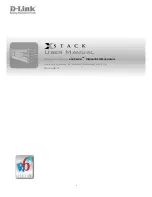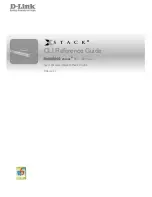
Features and Functions
3
Keysight 34980A Mainframe User’s Guide
167
Viewing Readings Stored in Memory
– During a scan, the instrument automatically adds a time stamp to all readings
and stores them in memory. You can read the contents of memory at any time,
even during a scan. Reading memory is not cleared when you read it.
– This feature is available from the remote interface only.
– You can store at least 500,000 readings in memory and all readings are
automatically time stamped. If memory overflows, a status register bit is set
and new readings will overwrite the first (oldest) readings stored. The most
recent readings are always preserved.
– Each time you start a new scan, the instrument clears all readings (including
alarm data) stored in reading memory from the previous scan. Therefore, the
contents of memory are always from the most recent scan.
– The instrument clears all readings from memory after a Factory Reset (
*RST
command), after an Instrument Preset (
SYSTem:PRESet
command), or when
mainframe power is cycled.
– The instrument clears all readings from memory when a new scan is initiated,
when any measurement parameters are changed (
CONFigure
and
SENSe
commands), and when the triggering configuration is changed (
TRIGger
commands).
– While a scan is running, the instrument automatically stores the minimum and
maximum readings and calculates the average for each channel. You can read
these values at any time, even during a scan.
– Each reading is stored with measurement units, time stamp, channel number,
and alarm status information. From the remote interface, you can specify
which information you want returned with the readings. See
on page 164 for more information.
– Readings acquired during a Monitor are
not
stored in memory (however, all
readings from a scan in progress at the same time are stored in memory).
– The
INITiate
command stores readings in memory. Use the
FETCh?
command to retrieve stored readings from memory (the readings are not
erased when you read them).
















































